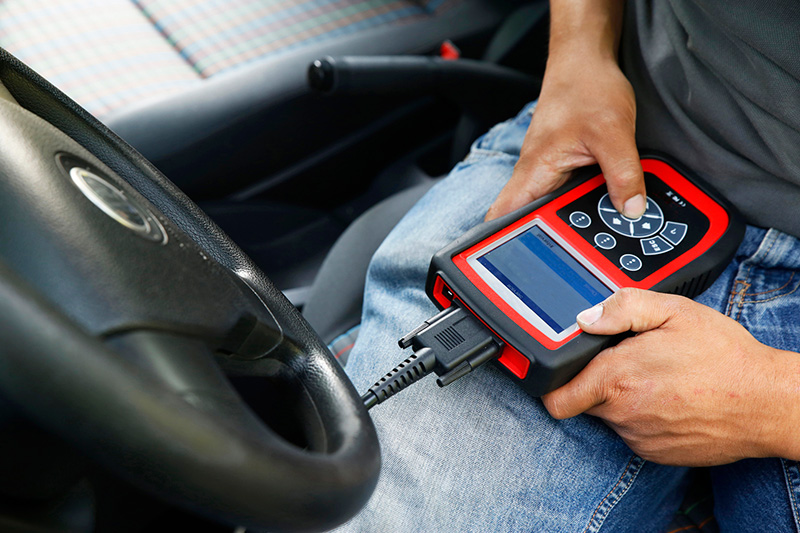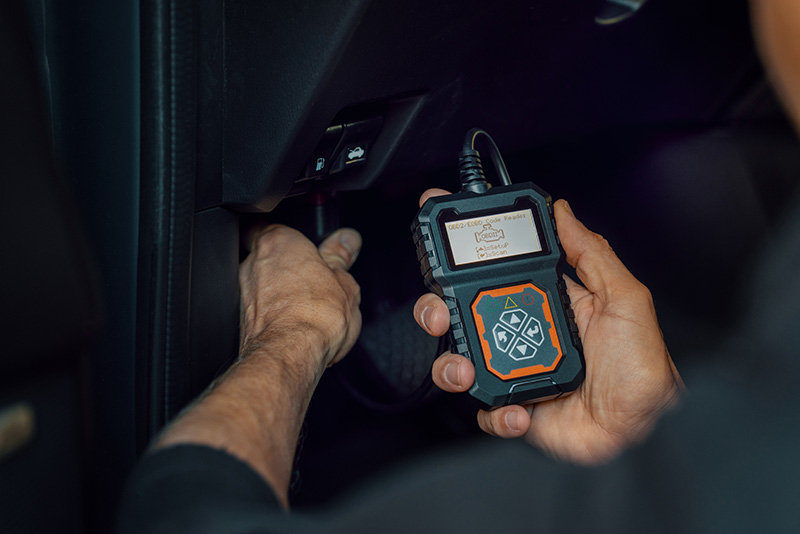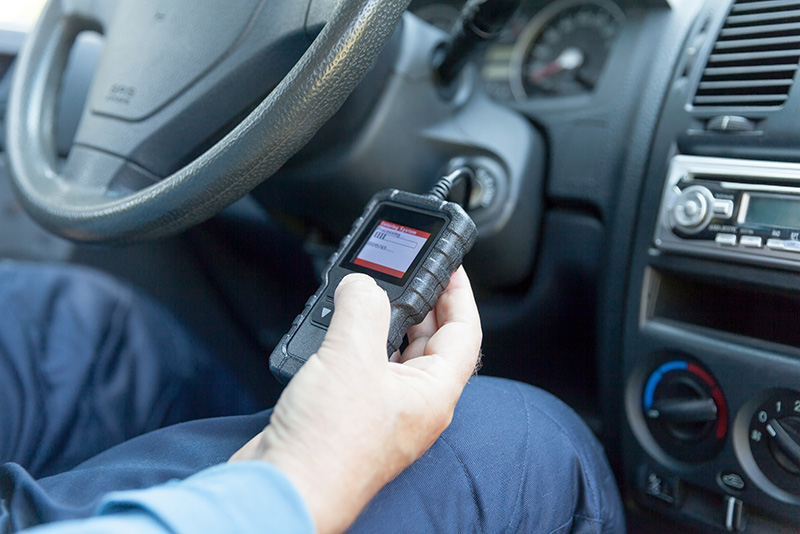Using your shop’s Cost of Doing Business (CODB) as a baseline for labor rates.

The engine control module (ECM) could just as correctly be referred to as the emissions control module. Its primary function is to ensure that tailpipe emissions remain at or below the emissions standards to which the vehicle was originally certified. The ECM turns on the check engine light (CEL) whenever any system or component fault allows emissions to exceed one and a half times the original certification.
The primary tool used to troubleshoot these issues is the scan tool. Many technicians think that the scan tool must be the equivalent of the factory tool, either as an aftermarket tool with “enhanced” or factory-specific functions, or the OE tool itself. But that’s not necessarily the case. A scan tool certified to generic (global) OBD-II standards has all a technician needs to successfully diagnose the majority of these problems. Let me show you the different resources these tools offer and how to apply them.

Inspecting a car using an electronic device. Photo: istock.com/claffra.
OBD-II has been around since the mid-90s. Among other things, these standards require that the OEMs provide all the tools and resources needed to correct emissions-related concerns to the automotive aftermarket and consumer. Essentially, that is anything that illuminates the CEL.
One requirement of OBD-II is that the ECM must be able to test itself, as well as all the sensors and actuators connected to it. It does this in three basic ways. First, it tests the integrity of the electrical component and its relevant circuit. Second, it will test the accuracy of all the sensor inputs. Does the data sent by a sensor to the ECM agree with what other sensors are telling the computer? This is called a rationality test. Third, it will test all the actuators to see if they can function properly. It does this by operating a component when it isn’t normally being used. It then looks for information from different sensors to determine whether the action it commanded was carried out.
When a test or series of tests fails more than once, the ECM will record the fault as a diagnostic trouble code (DTC) and turn on the CEL.
OBD-II also provides a standardized protocol to allow aftermarket diagnostic scan tools to communicate with the ECM.
There are additional advantages to using a generic OBD-II scan tool. One is that the data displayed on a generic tool must be exactly what the sensors are reporting to the ECM. Scan tools that offer enhanced (or OEM-specific) modes may display substituted values in the live data stream. Another advantage is the 10 different options available, and I’ll go more deeply into these in a moment. I can use these to gather the data I need to identify and correct the cause of the DTC.

Using OBD2 scanner, code reader tool to check engine errors and for diagnostics. Photo: istock.com/ronstik.
When attempting to repair the reason for a DTC, remember that the ECM is going to check your work. If your repair does not allow that component or circuit to pass the tests the ECM is going to perform, the CEL will come right back on. The first step to take to avoid that issue is to understand the need for correct and up-to-date information. A good service information source is key in the successful diagnosis and repair of any automobile, especially those made in the last 30 years.
I don’t mean one of the manuals you can pick up at your local parts store or on Amazon. The most commonly used sources of service information used by professional techs include Mitchell ProDemand, Alldata, Motologic, and Identifix. DIYers can gain much of the same coverage these sources offer, but do so at a lower cost by subscribing to the digital services for their specific vehicle(s). Two services that are available are Mitchell DIY and Alldata DIY. If you really want the best information, you can access the same OE service sites that the dealer technicians do. You’ll find a listing of all the OE service sites in one place at OEM1Stop.
Use that information to research exactly what the ECM requirements are to set that DTC. You need a clear understanding of what the code means, what conditions are required for the code to be tested by the ECM and how the ECM performs that test or tests. You also need to know what other systems on the vehicle will suspend testing until the code you are diagnosing has been corrected. The more time you spend researching the reasoning behind the DTC, the less time you’ll spend diagnosing the cause.

Using car diagnostic scan tool. Photo: istock.com/Mihajlo Maricic.
A good generic OBD-II scan tool is the primary tool you need to resolve 99% of the causes of an illuminated CEL if you understand all the resources it offers to you. There are ten options at your disposal, called “Service” or “Mode”, depending on your tool and information source. The individual options are listed using a hexadecimal number that you can ignore unless you’re a computer geek.
The options are:
A generic OBD-II scan tool is more than a tool used to retrieve DTCs and turn the CEL off. It provides all the tools you need to diagnose the cause of the illuminated CEL and to be confident that the repair you’re going to make or that part you are going to replace will correctly fix the car.
The articles and other content contained on this site may contain links to third party websites. By clicking them, you consent to Dorman’s Website Use Agreement.
Participation in this forum is subject to Dorman’s Website Terms & Conditions. Please read our Comment Policy before commenting.